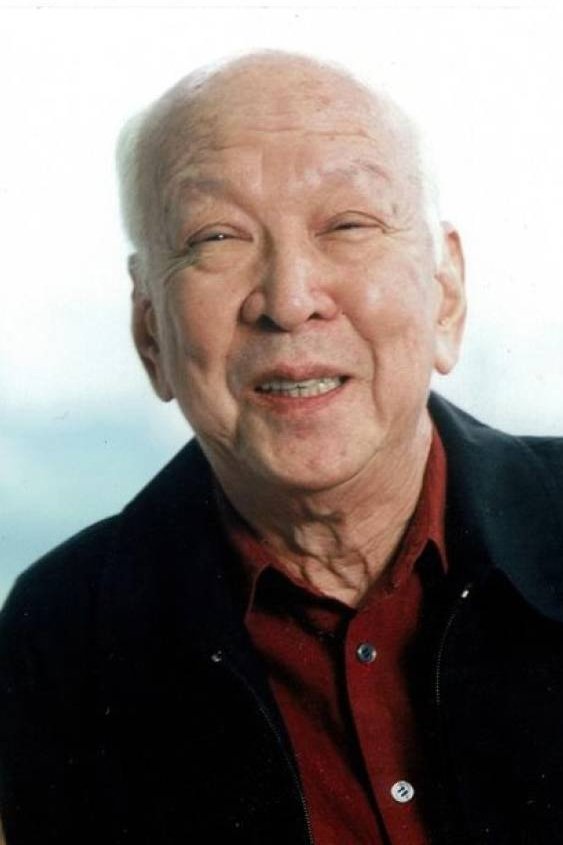

The posthumous wish of Eiji's wife is for her ashes to be scattered in the ocean near her hometown. Eiji also learns that his wife letter for him at the post office before she died.
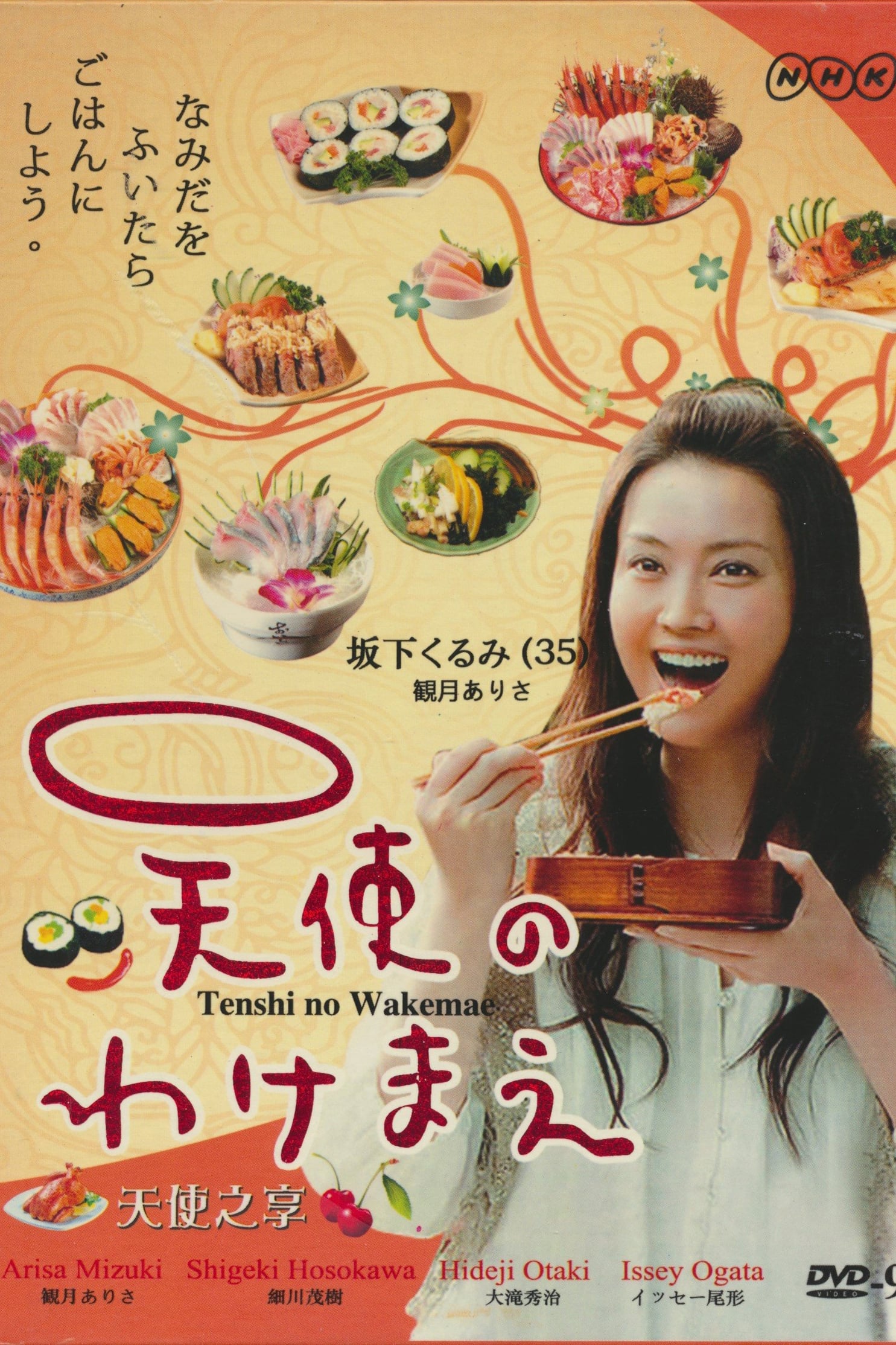
Mizuki plays a 35-year-old woman named Kurumi, who suddenly loses everything in her life when her fiance runs off with all of her assets. Left with a mere 15,000 yen and some boxes of ohagi (a type of rice ball), the despairing Kurumi happens upon a construction site, and she begins handing out the ohagi to the men working there. Using the theme of food, "Tenshi no Wakemae" depicts Kurumi's journey as she turns her life around.

Genjuro’s crime was assassination, his punishment was to survive a faked execution and lose his home, lose his identity, and emerge as Maboroshi Shinigami, the Phantom Assassin. When his wife is kidnapped and tortured to reveal his whereabouts and dragged to the executioner for crucifixion by corrupt clan officials, Genjuro faces an army of swords to save her. Evil men aim to frame Genjuro for another murder. For their scheme they need only one thing, Genjuro’s dead body. Genjuro will have to cut down their swordsmen and challenge Sarashina Gunpei, deadliest blade in Japan in a final blood-soaked battle.

In an alternate version of 1949 Japan in which World War II never happened, the Japanese capital of Teito is home to both an ultra rich upper class and the dirt poor masses. The city is thrown into a state of panic when a phantom thief called “The Kaijin (Fiend) with 20 Faces” (K-20 for short) begins to use his mysterious abilities to steal from the rich and give to the poor. One day a circus acrobat named Heikichi Endo (Takeshi Kaneshiro) is framed for K-20’s crimes and becomes determined to clear his name. He teams up with K-20’s next target, a wealthy duchess named Yoko Hashiba (Takako Matsu) and her detective fiancé (Toru Nakamura), to take K-20 down once and for all.

A live-action adaptation of Jun'ichirō Tanizaki's masterpiece "Shōshō Shigemoto no Haha (Captain Shigemoto's Mother)". Set in the glorious Heian Dynasty, the TV movie decipts the story of a mother and son torn apart for an irrational reason, and how they are reunited 40 years later.
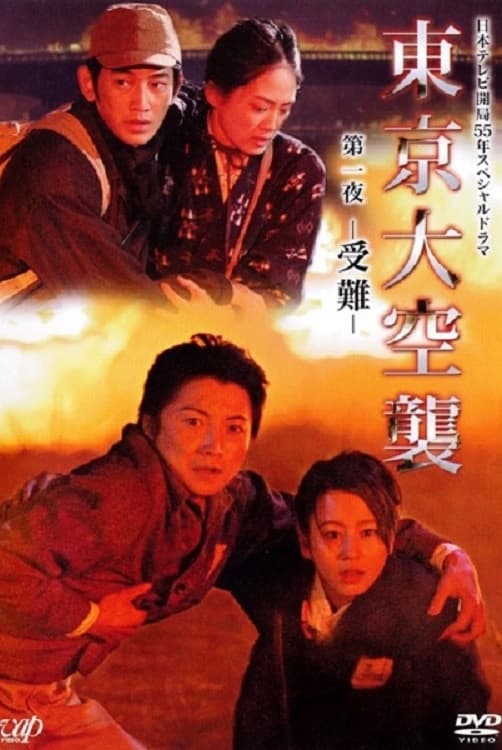
When Sakuragi Haruko's father's factory is bombed, Oba Hiroto stops Haruko when she tries to rescue her father from the fire. They meet again a few years later when Haruko is working as a nurse and Hiroto is brought in as a patient with a heart condition. The second couple is a Korean man, Boku Hitoshi, and another nurse, Yamada Kazue
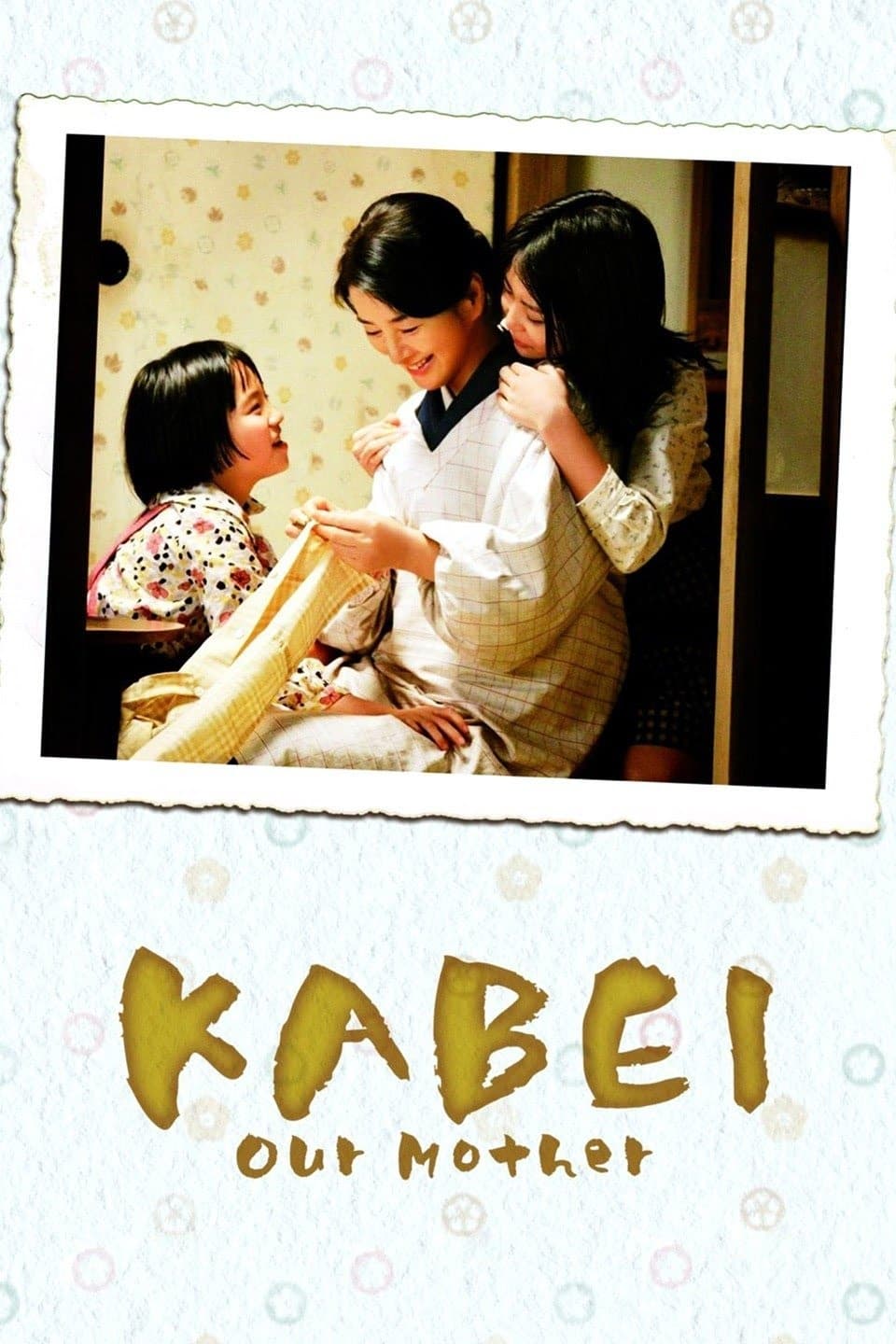
Set in Tokyo in 1940, the peaceful life of the Nogami Family suddenly changes when the father, Shigeru, is arrested and accused of being a Communist. His wife Kayo works frantically from morning to night to maintain the household and bring up her two daughters with the support of Shigeru's sister Hisako and Shigeru's ex-student Yamazaki, but her husband does not return. WWII breaks out and casts dark shadows on the entire country, but Kayo still tries to keep her cheerful determination, and sustain the family with her love. This is an emotional drama of a mother and an eternal message for peace.
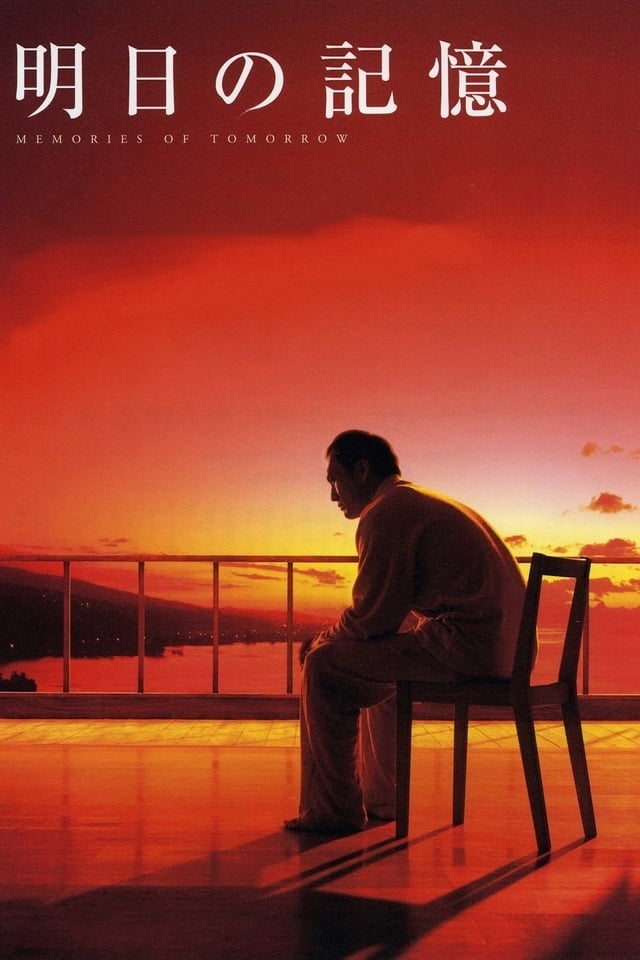
After being stricken with Alzheimer's disease in the prime of his life, a successful young businessman slips slowly away from his loving family.

A chance encounter on the road leads to the unusual need for a female bodyguard to protect the granddaughter of an old friend of Akiyama Kohei, a wealthy merchant who plans to bypass his son-in-law as head of the company. When Daijiro’s wife Mifuyu takes on the job strange things start to happen, including the brutal slaughter of company employees. With the backing of Lord Tanuma, a chief elder on the ruling council, Kohei, Daijiro, and Mifuyu form a plan to foil the kidnappers plot and save the girl from certain death.
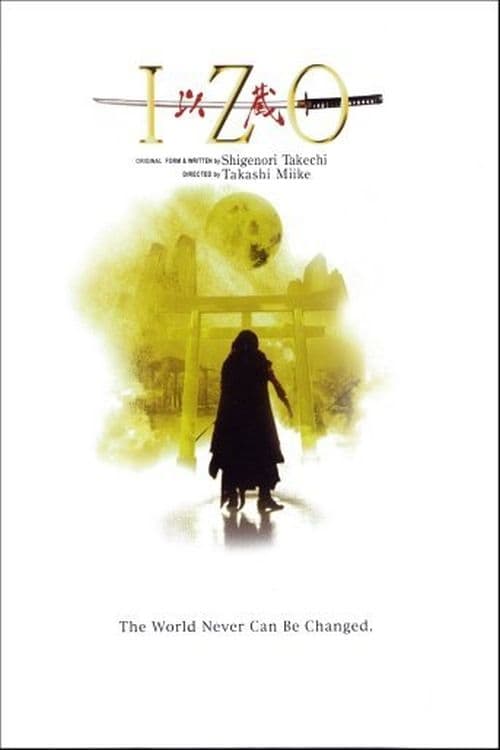
Izo is an assassin in the service of a Tosa lord and Imperial supporter. After killing dozens of the Shogun's men, Izo is captured and crucified. Instead of being extinguished, his rage propels him through the space-time continuum to present-day Tokyo. Here Izo transforms himself into a new, improved killing machine.
By browsing this website, you accept our cookies policy.